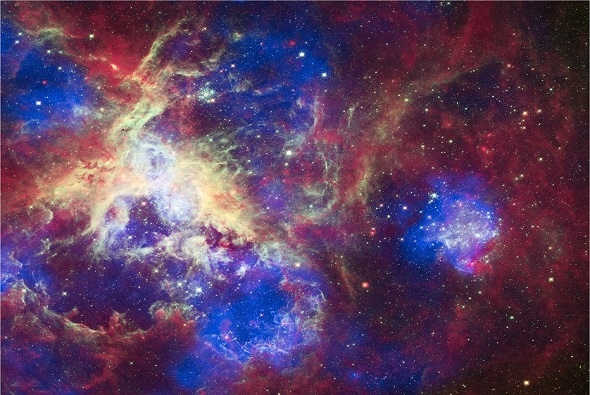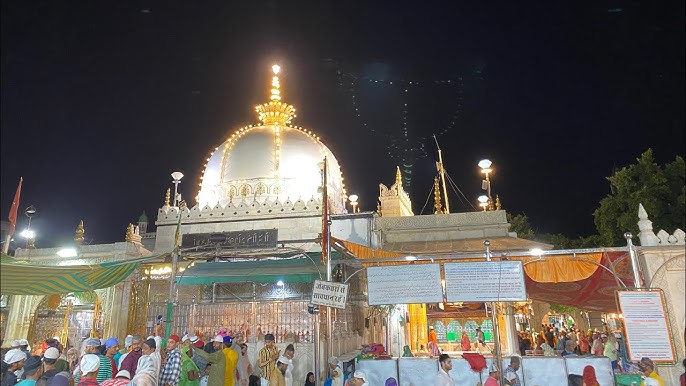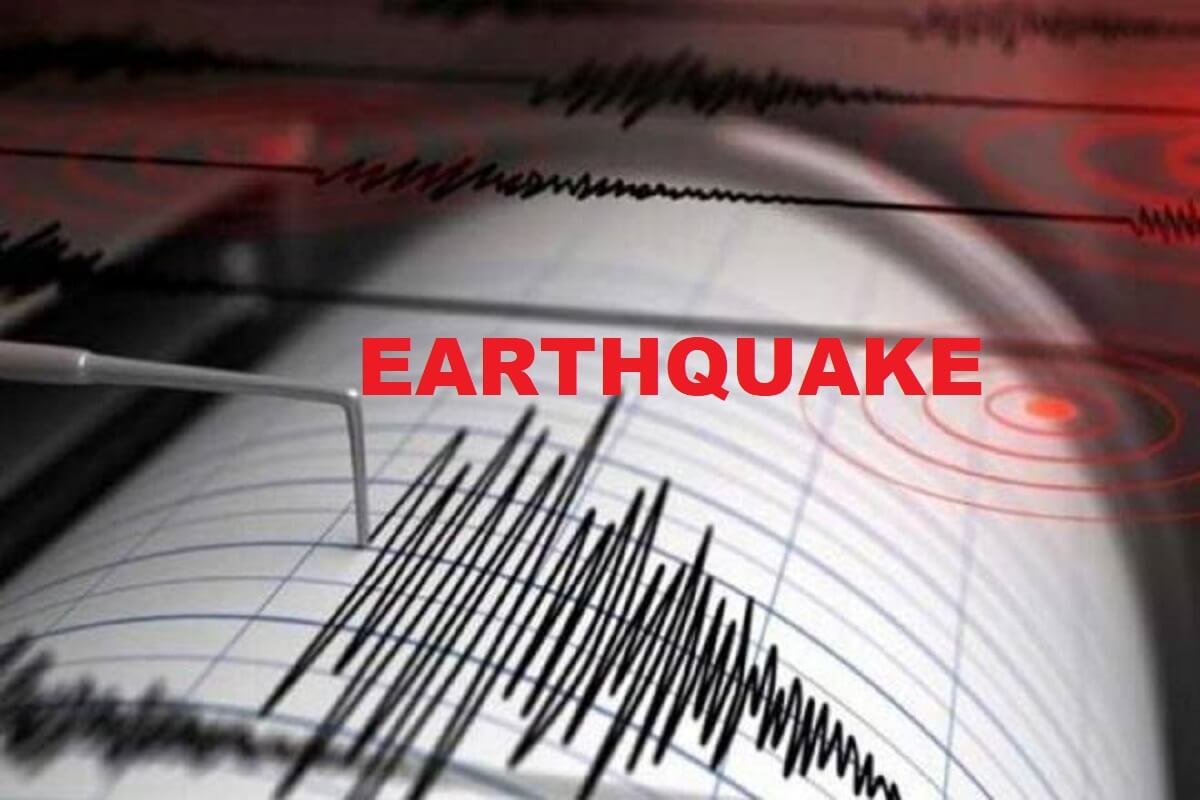NASA’s Hubble telescope captures spectacular image of star-studded cosmic cloud
Mon 19 Dec 2022, 09:24:31

NASA’s Hubble telescope recently captured an amazing image of a young cluster of stars known as NGC 6530. This is located in the constellation Sagittarius and is around 4,350 light-years away from Earth. The US-based space agency shared the image on its social media account, which showed a collection of thousands of stars.
“A collection of thousands of stars lie around 4,350 light-years from Earth in the constellation Sagittarius. Set within the Lagoon Nebula – a stellar nursery with scorching temperatures, stellar winds, and powerful radiation – these stars form in a gigantic cloud of interstellar dust and gas,” NASA wrote in its Instagram caption.
The cluster is located within the Lagoon Nebula, which is a massive interstellar cloud. This region has been viewed and studied by Hubble multiple times. The images released by NASA show that the Lagoon Nebula’s thick cloud of gas and dust extends from one side of the picture to the
other.
other.
According to NASA, the massive cloud of gas and dust is composed of bands of red, orange, yellow, and blue, as well as clouds that appear like liquid amalgamating with the surrounding. The white, purple, and blue dots of stars also appear randomly throughout the photo.
Through the use of space telescopes, astronomers can study the formation and evolution of exoplanetary systems and stars. The magnificent discs surrounding young stars can be studied to determine the origin and evolution of these cosmic bodies. NASAá Hubble Space Telescope took this image with its Wide Field Planetary Camera 3 and Advanced Camera for Surveys, that according to NASA makes it an “indispensable tool for understanding star birth and the origin of exoplanetary systems.”
Through the James Webb Space Telescope, astronomers can now peer into the dust and gas surrounding newly born stars. They can also study the early stages of their development.
No Comments For This Post, Be first to write a Comment.
Most viewed from General
Most viewed from World
AIMIM News
Latest Urdu News
Most Viewed
May 26, 2020
Do you think Canada-India relations will improve under New PM Mark Carney?
Latest Videos View All
Like Us
Home
About Us
Advertise With Us
All Polls
Epaper Archives
Privacy Policy
Contact Us
Download Etemaad App
© 2025 Etemaad Daily News, All Rights Reserved.


















.jpg)
.jpg)
.jpg)
.jpg)

















